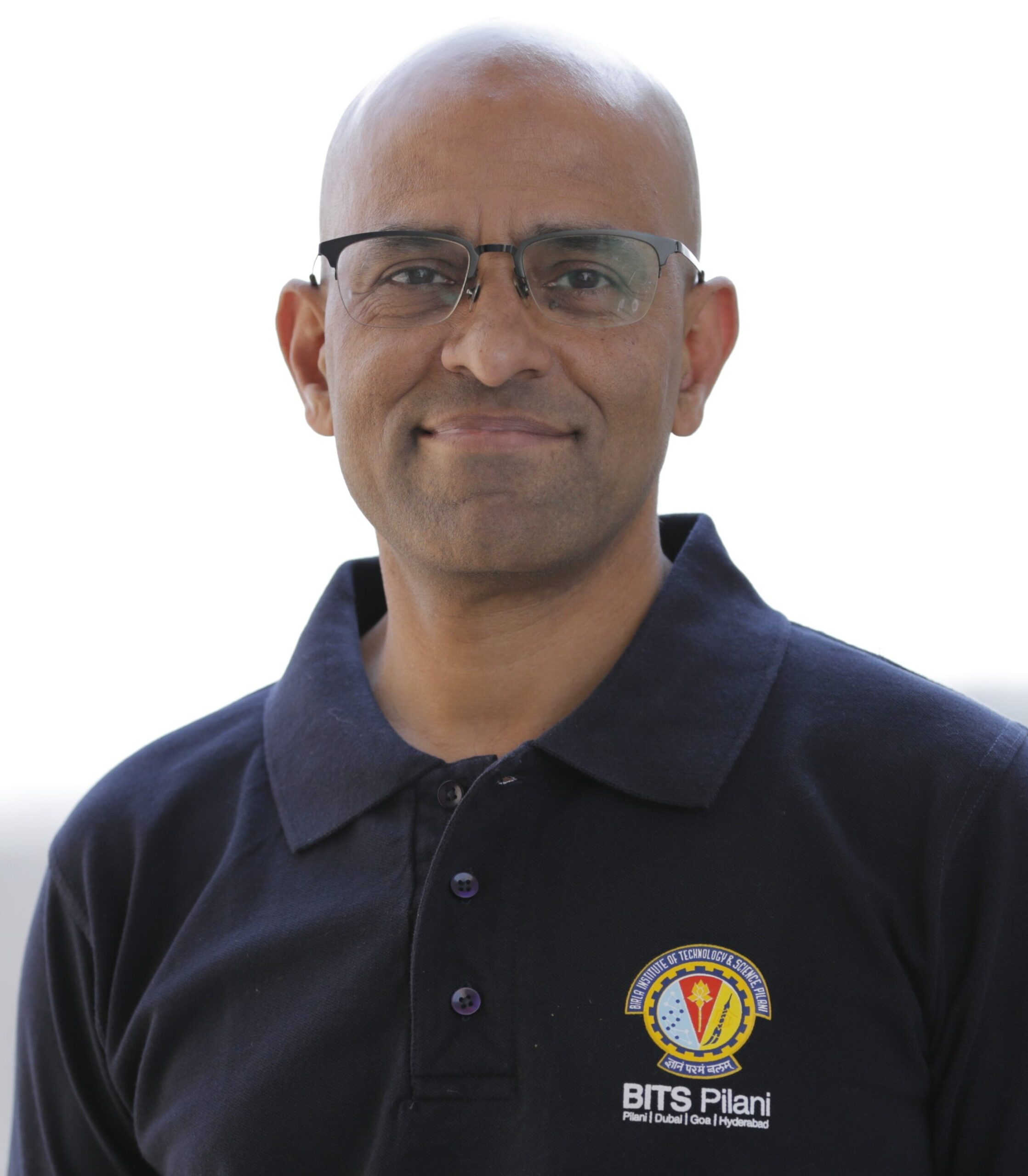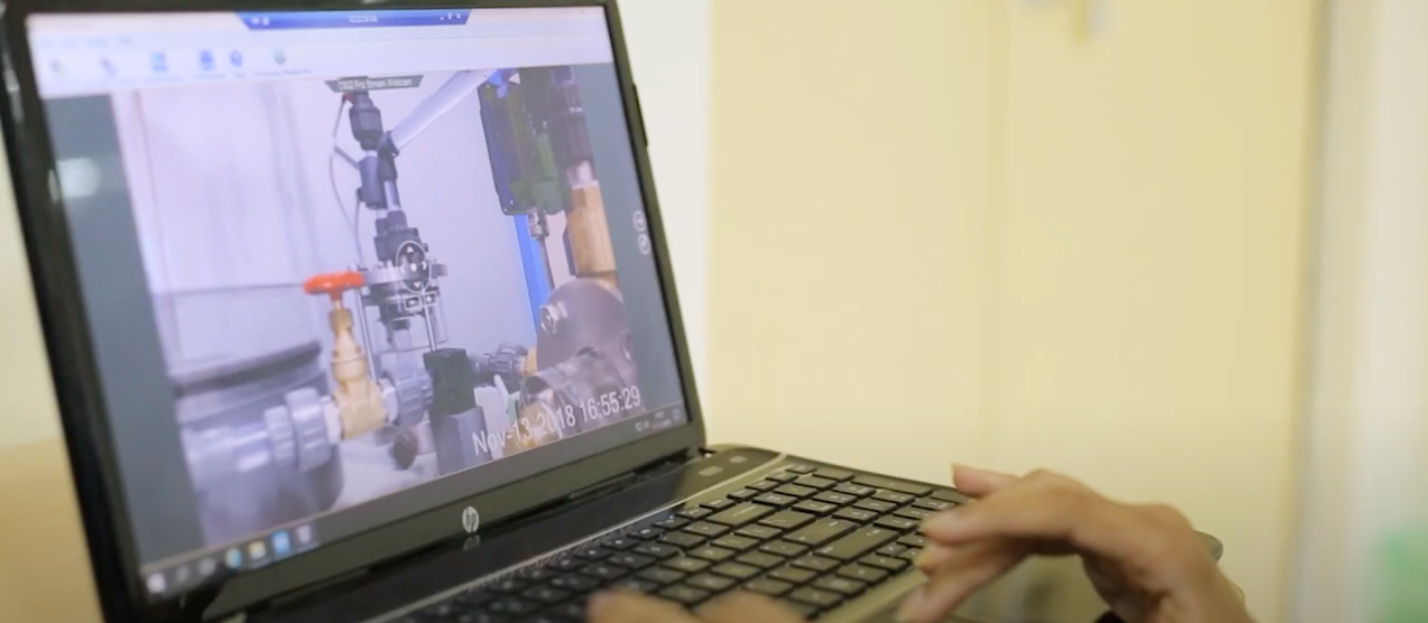 To knowledge center
To knowledge center
News
Remote Labs for Remote Students
Since 2016, BITS Pilani has been offering remote and virtual labs for their off-campus students. Professor PB Venkataraman, Associate Dean in the Work Integrated Learning (WIL) Division, is responsible for digital learning in the division, and has been leading the development of the innovative labs. He shares his experience of working on the project, key learnings, challenges, and the value of ICDE membership.
Work Integrated Learning
BITS Pilani is a multi-modal, multi-campus university in India, offering undergraduate, graduate and research programmes in both conventional and online modes. In addition, the university offers over 45 programmes in the field of engineering and management exclusively for working professionals, within their Work Integrated Learning (WIL) Division.
The division currently has close to 36,500 enrolled students. Venkataraman says: “The WIL Programmes are offered to working professionals who cannot visit campus, nor are they expected to. The programmes are very similar to the ones offered on-campus; there are instructor-led live lectures, experiential learning through labs, and graded assessments. But as we know that the students cannot visit the campus, all these things have to be offered using technology.”

PB Venkaraman knows the division well; he undertook his first degree through the WIL division whilst working with maintenance and servicing of machinery in a workshop. After 25 years working in the field of engineering, he returned to the university as a professor, with the aim of making the programmes as engaging as possible for the remote students.
The beginning of remote labs
A remote lab, as defined by PB, consists of physical laboratory equipment, connected to a computer and accessed remotely using ICT (Internet & Communication Technologies). The learning objective of these labs is for students to experience and understand how a certain theory gets translated into application.
The WIL division first started experimenting with remote labs around 2016, by developing electrical machines that could be operated remotely. The first labs they developed were designed to conduct experiments for first-degree students, and were therefore relatively basic and with limited controls.

However, the development work came with a challenge. “Once we started working on the remote labs, the challenge we encountered was how to create a suitable interface. We had the lab hardware, connected to and controlled by the computer, but we struggled with how we could provide access to the students,” says PB.
This challenge was solved when PB and his colleagues encountered a German company called GUNT, which provides computer-controlled equipment specifically for educational purposes, which already had an interface programme associated with it. This equipment was purchased by the division, and the students could use the associated interface to control the equipment to conduct experiments remotely.
After a period of time, BITS Pilani developed their own tailored interface, and the remote labs offer was extended to a further ten disciplines within the division, catering to over 4000 students every semester.
Going further with digital twins
As the use of remote labs was extended throughout the division, and the level of experiments students wished to perform increased, a problem arose: remote labs can only perform controlled experiments, with a set of parameters within a given range. They lack the ability to perform certain extreme experimentation, where you approach or push the limits.
Therefore, PB and his team set out to create what they call ‘digital twins’ – fully digital replicas which behave exactly like the physical systems they are based on, but without any actual hardware connected.

The key advantage of these labs is that they can be used to conduct experiments without damaging physical systems and risking the participants’ safety. Additionally, they are highly scalable: “You could have as many students as you like working on experiments in this system, using their mobile devices from their own homes,” says PB Venkataraman.

Sharing access for pandemic learning
As the COVID-19 pandemic took hold in 2020, and university students across the world were sent home, PB and his team decided to spread the word about their remote labs: “We told some of our colleagues and friends about the system we had created. We knew most of them had been forced to send their students home, so we offered them the use of our facilities.”
Several universities responded positively to their offer. PB and his team created separate log-in credentials for all the external students who would be using the labs, and also set up a schedule for them, so they could log in and perform their experiments uninterrupted: “As we spoke to more people, many encouraged us to publicise what we were doing to a greater extent. But we are not doing this as a commercial venture – we even offered to help universities to set up their own system, similar to ours.“
Key learnings
PB says there were some key learnings they discovered from the initial days of developing the labs.
The remote labs work well when:
- The equipment is remotely accessible and computer controllable.
- Students are able to interact with the equipment and change the parameters themselves – they should not require an on-campus instructor to change it for them.
- When parameters are altered, students should be able to see something changing in the equipment. If nothing changes, the students cannot relate to it. PB and his team installed multiple cameras in and around the equipment, which meant students could see how the machine was working as they altered the parameters.
Byte-Sized Learning
The team at BITS Pilani are continually working on enhancing their students’ digital learning. Currently, they are building a micro-learning app called BITSized Learning. This app is designed to teach students complex theories or principles in small steps, and incorporates the virtual labs from the beginning.
PB says: “We have developed this app in such a way that students are presented with a question in the app, then they immediately access the virtual/remote lab within the app, explore the equipment and see how the principle functions, before coming back to answer the question based on their experience of the lab. Once they complete a set of questions, they are more or less ready to perform the assessed experiment.”
Advancing through the global ICDE network
As an Institutional Member, BITS Pilani is part of ICDE’s global network of institutions, individuals and students within Open, Flexible and Distance Learning (OFDL).
PB says: “We have been participating in ICDE conferences regularly. In fact, I came to Lillehammer in Norway for one of the conferences. They are a great opportunity to connect with colleagues in the field of online and distance learning.”
Although the institution adopts many innovative learning methods, particularly in the WIL programmes, PB says they have not yet developed structured research in education: “This is our priority at the moment, and we hope to utilise the global ICDE network to help us with this.”
PB welcomes fellow ICDE members who are interested in remote and virtual labs to get in touch to explore collaboration or knowledge sharing opportunities. He can be contacted on pb.venkataraman@pilani.bits-pilani.ac.in
Want to see how the remote labs work?
- Remote lab: https://youtu.be/IW043D0mwH4
- Virtual lab: https://youtu.be/xZFeKI3F3ZI
- AR lab: https://youtu.be/4mztKWUIKrI
